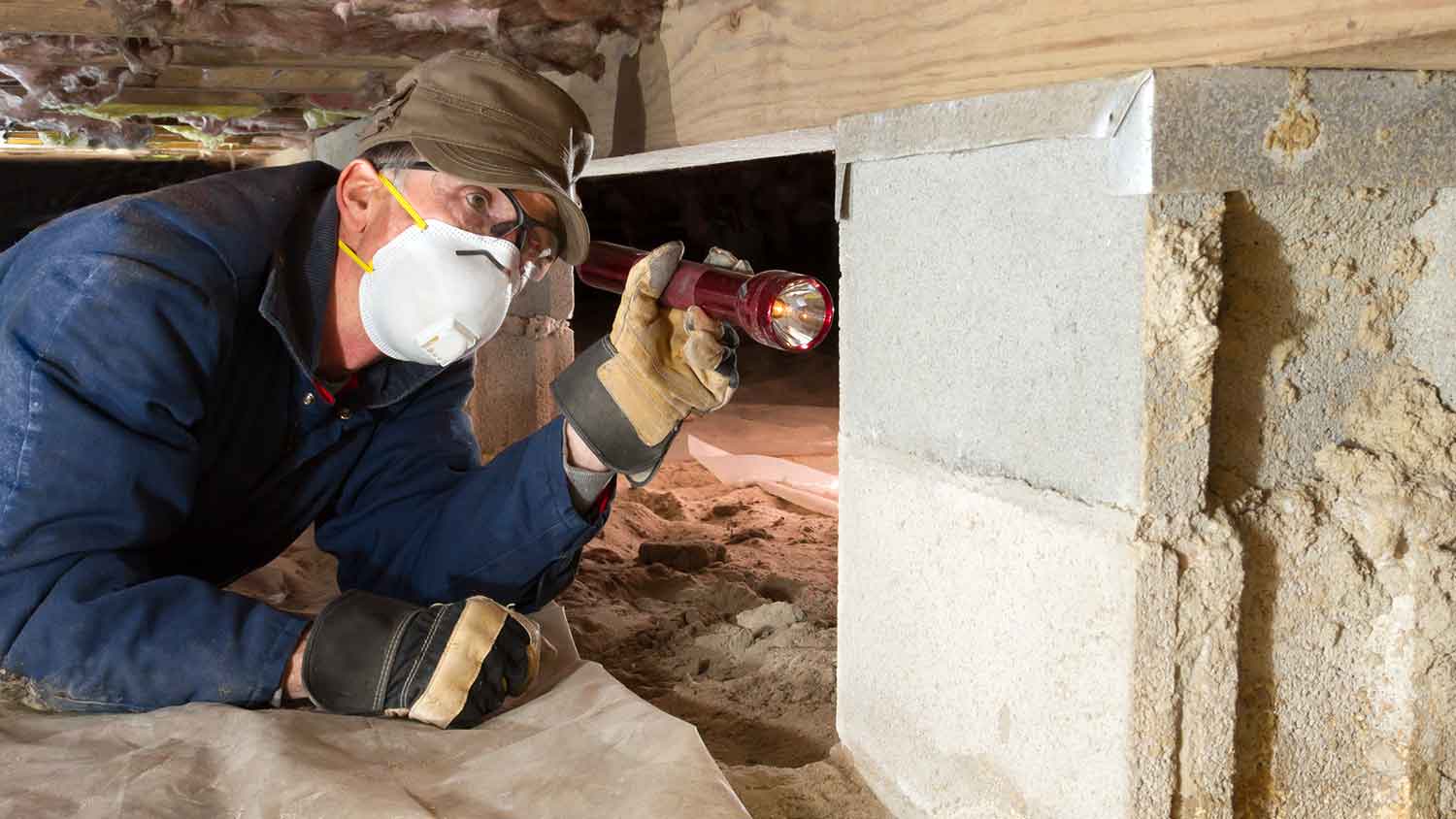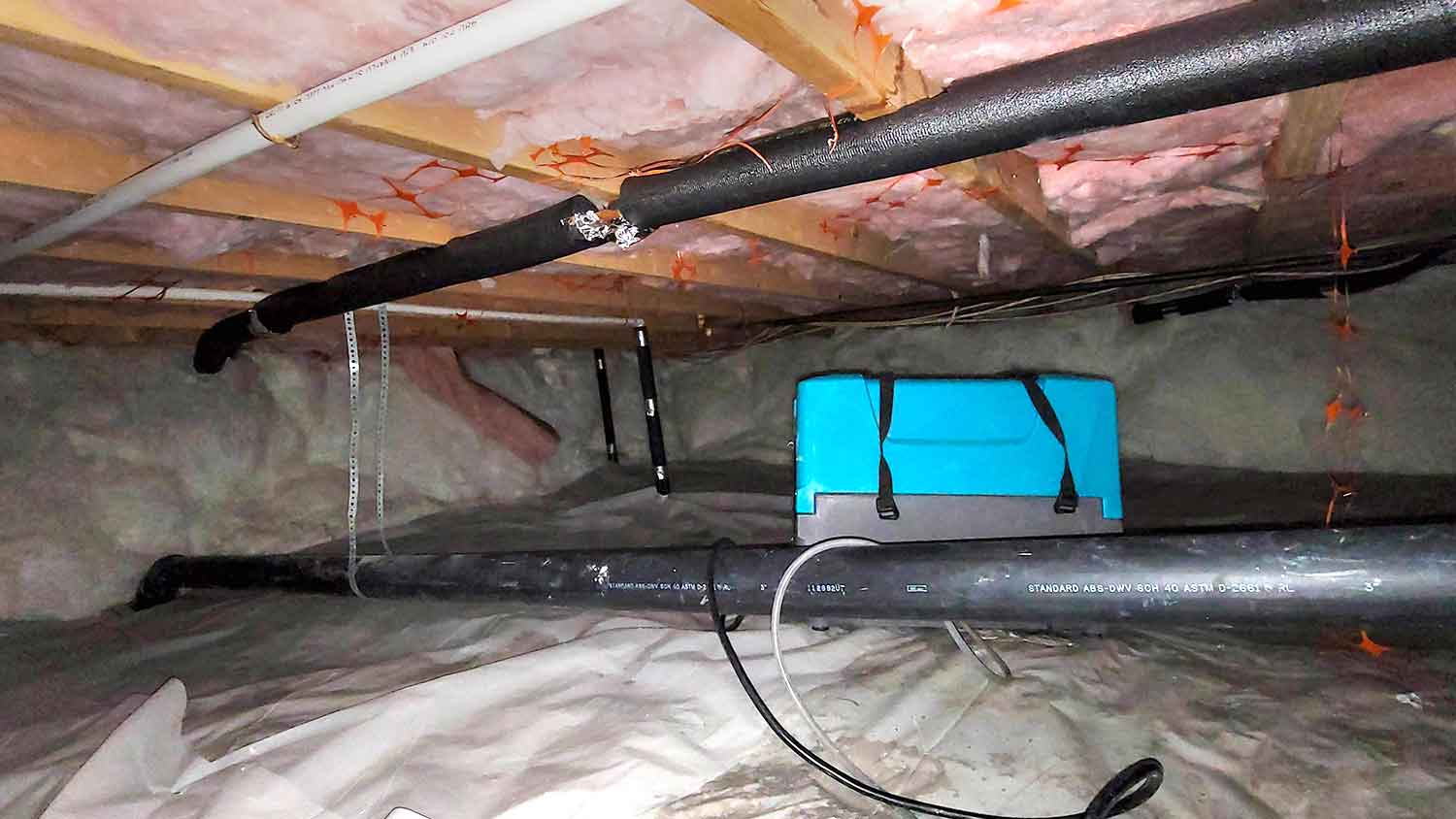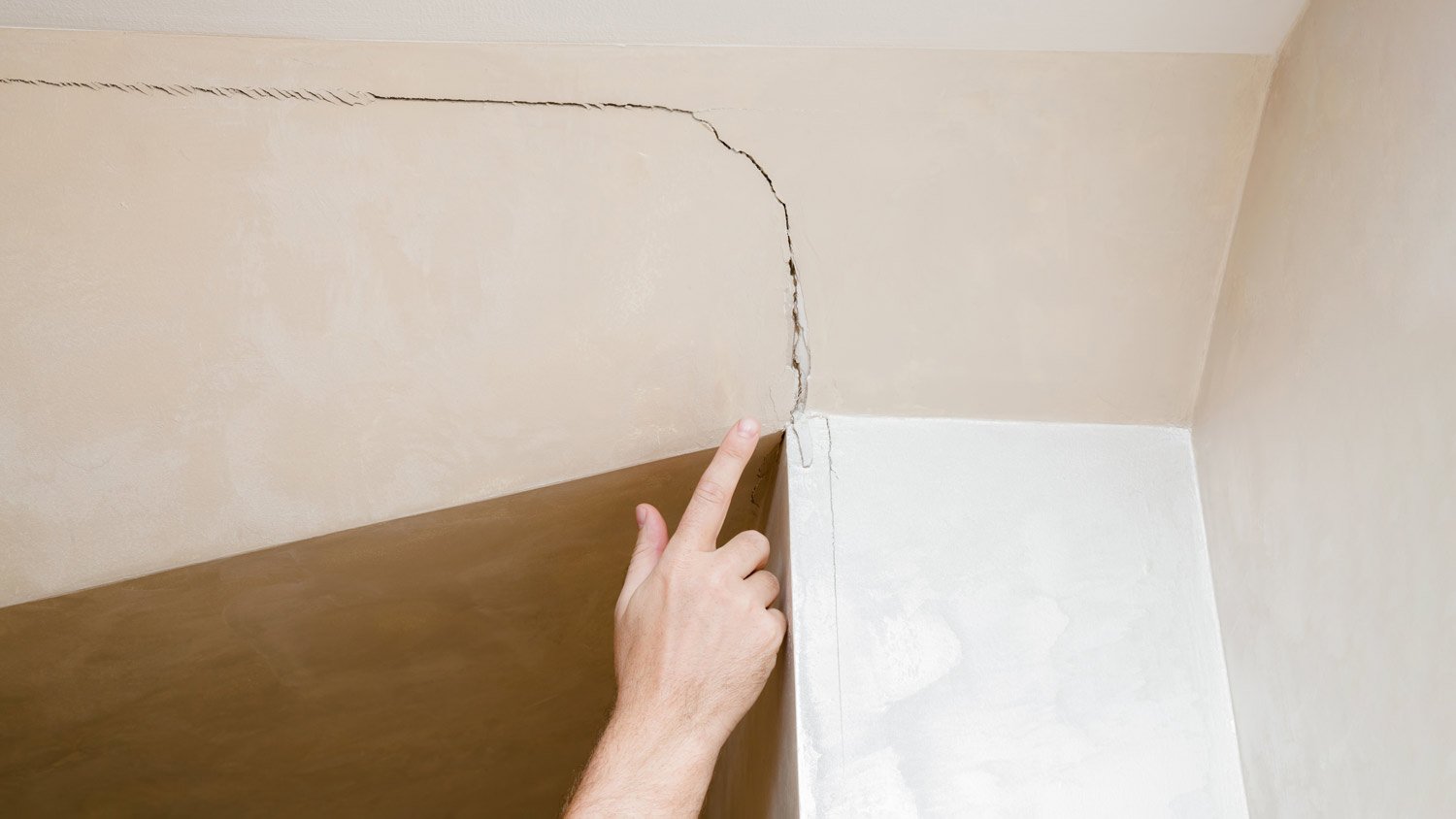
Staying ahead of foundation problems can save you time and effort. Learn how much foundation inspections cost and what affects how much you’ll pay.


Common crawl space problems include standing water, mold or mildew growth, pest infestations, open ventilation, high humidity, and rotten wood.
Most crawl space problems can be solved by encapsulating the space.
Crawl space maintenance is a DIY-friendly project, but crawl space cleaning, encapsulation, and repairs are best left to a pro.
Crawl space foundations are relatively common in America. According to a 2022 survey by the National Association of Home Builders, around 10% of single-family homes in the U.S. are built with a crawl space foundation. But while crawl spaces have numerous benefits (like flooding protection and additional storage space), they are also prone to issues affecting your home’s structural integrity. This guide explains the top six crawl space common problems you might encounter—and how to address them.
Standing water is one of the most common problems with crawl spaces. Ignoring this issue can cause significant problems like rotten wood, sagging floors, mold growth, and pest infestation. If you notice standing water in your crawl space, act quickly.
Contact a local crawl space encapsulation pro to inspect the standing water and recommend the proper fix. Crawl space encapsulation seals the area between the ground and the floor, waterproofing your crawl space and preventing standing water accumulation.

A musty smell coming from your crawl space signals moisture, which can affect your home’s structural integrity if left untreated. It’s also a sign that mold or mildew growth are likely culprits, which can be a health hazard for people with allergies, asthma, or similar health issues.
Take proper precautions before entering the crawl space, including wearing protective clothing, a mask or respirator, and goggles. Inspect your crawl space and look for signs of excess moisture or mold growth. Take a flashlight with you so you can properly evaluate the space. If you’re uncomfortable doing this task yourself, schedule a professional crawl space inspection.
A crawl space is dark, sheltered, and often moist, attracting pests who want a safe place to call home. And if they’re under your home and you can’t see them, they're easy to overlook. But untreated pest infestations in crawl spaces lead to a build-up of pest waste—and those pests will eventually make their way into your home in search of food.
First, call a pest control expert for a full evaluation of the infestation. Pest control costs $110 to $260 or an average of $170. Once the pests have been dealt with, schedule a crawl space encapsulation to prevent future issues.
A crawl space with open ventilation is likelier to have standing water and pest infestations than a sealed crawl space. Also, open ventilation allows humid outdoor air to enter, which can influence your home’s temperature and the efficiency of your HVAC system.
Crawl space encapsulation involves sealing all vents, doors, and other openings that allow humid outdoor air into the area. Expect to pay between $5,000 and $15,000 in crawl space encapsulation costs. Although this price is relatively high, encapsulation can prevent costly structural issues.

According to the U.S. Environmental Protection Agency (EPA), the ideal indoor humidity level is between 30% and 50%. If your crawl space is too humid, it can increase the humidity in the house and cause moisture-related problems.
Installing a dehumidifier in the crawl space can decrease the humidity level. A whole-house dehumidifier costs $1,300 to $2,800, or you can install a crawl space unit for $800 to $2,000. Dehumidifier installation is best left to a professional team because it involves working with the electrical and HVAC systems.
Failure to treat moisture issues in your crawl space can lead to structural problems such as rotten framing or joists. Some signs include sagging or bouncy floors, a musty smell, visible decay, high humidity levels, and pest infestations. Left untreated, rotten wood in a crawl space can lead to costly foundation repairs.
Schedule a crawl space inspection to determine the wood's damage level. Depending on the extent of the damage, expect to pay between $4,500 and $8,000 in crawl space repair costs. In some cases of minor wood rot, you may be able to fix the problem by sealing damaged areas yourself.
Common crawl space problems can cause extensive damage to your home if they are left ignored. While you can clean out your crawl space or cap and seal vents yourself, more complicated jobs such as encapsulation or foundation repairs are best left to a professional.
A pro will first inspect the crawl space to determine the exact problems. Then, make recommendations regarding cleaning, encapsulation, or crawl space repairs that reflect the state of the area. Crawl space cleaning costs between $2,000 and $6,000, depending on the work involved.
From average costs to expert advice, get all the answers you need to get your job done.

Staying ahead of foundation problems can save you time and effort. Learn how much foundation inspections cost and what affects how much you’ll pay.

Crawl space maintenance can help improve indoor air quality and avoid structural damage. Learn how much crawl space cleaning costs and when to schedule it.

A bowing basement wall needs immediate repair. Learn how much it costs to repair a bowing basement wall and what factors can affect the final price tag.

When constructed correctly, a concrete foundation can last more than a century. Learn what factors influence how long a concrete foundation can last.

Some cracks in your drywall are harmless, while others require attention. Learn if cracks in your drywall indicate foundation problems and what steps to take.

All foundations crack from normal settlement, but knowing when to worry about cracks in a basement floor can help avoid worsening structural damage.